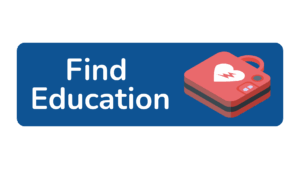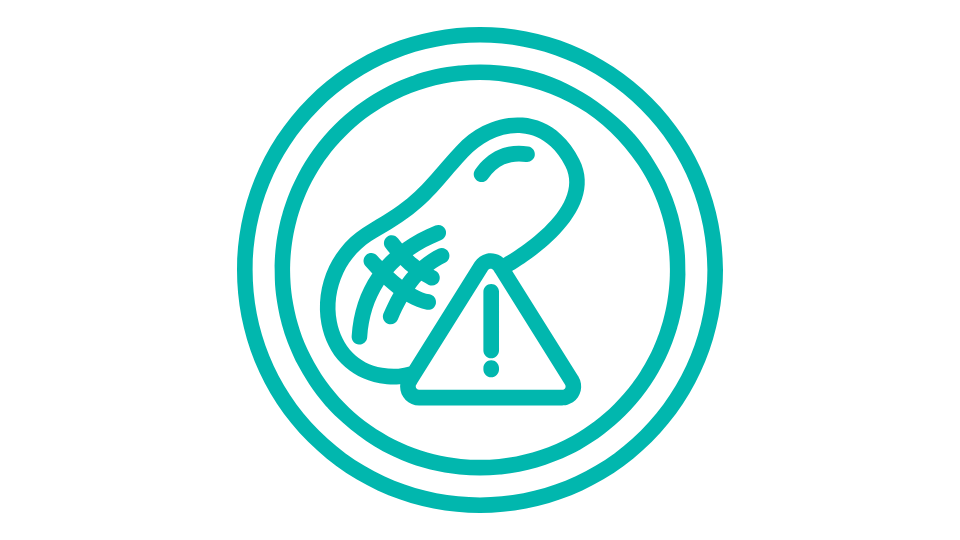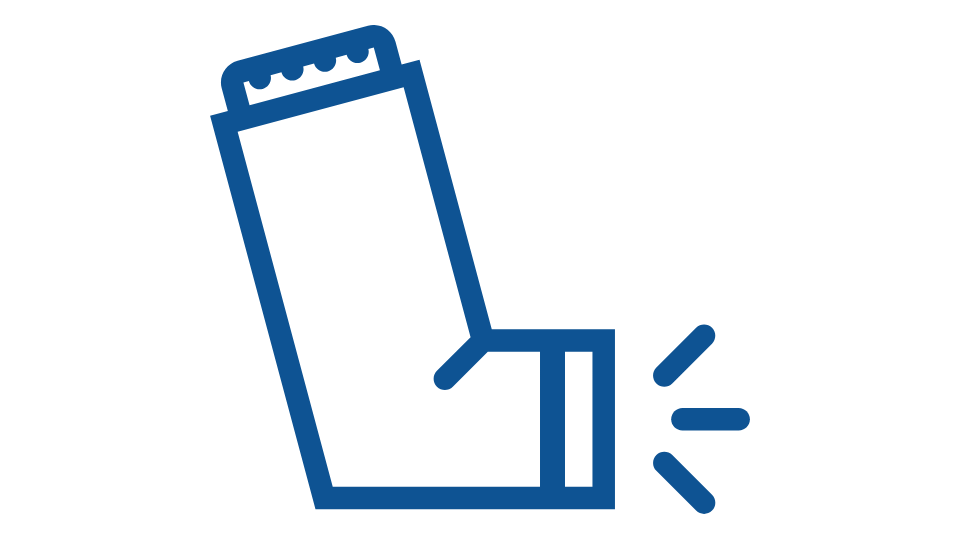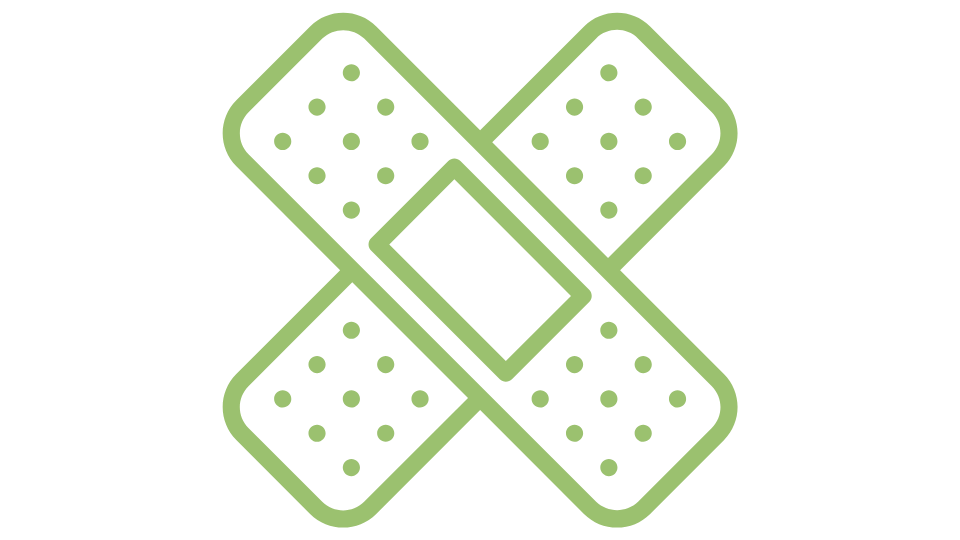Even "healthy" kids can have cardiac arrest
Recognize and Respond to Cardiac Emergencies
Cardiac Emergencies
Cardiac emergencies, specifically sudden cardiac arrest (SCA), occur at schools of all ages and demographics across the country.
Sudden cardiac arrest (SCA) occurs when the heart suddenly stops beating effectively, leading to an immediate loss of blood circulation and oxygen delivery to the brain and other vital organs. This life-threatening emergency can happen without warning and often results in sudden loss of consciousness and collapse.
Abnormal heart rhythms, also known as arrhythmias, are a common cause of SCA. These irregular electrical signals disrupt the heart’s ability to pump blood properly. While these dangerous heart rhythms—such as ventricular fibrillation—are relatively rare, they often go undetected until a medical emergency occurs.
In many cases, individuals with underlying heart conditions show no symptoms beforehand, making early detection and heart health screenings critical. Recognizing potential warning signs, such as fainting, chest pain, or palpitations, and seeking medical evaluation may help prevent sudden cardiac events.
The best chance of saving a life during a SCA is by using an automated external defibrillator (AED) within the first THREE minutes of the emergency.
Not all states require automated external defibrillators (AEDs) in schools, even though AEDs are widely accessible, affordable, and proven to be life-saving when used promptly during sudden cardiac arrest (SCA). These portable devices can significantly increase survival rates by restoring a normal heart rhythm when used within minutes of collapse. Many healthcare professionals and emergency response experts strongly recommend that every school have at least one AED on campus as part of a comprehensive school emergency preparedness plan.
Prompt recognition of SCA and immediate use of an AED can be the difference between life and death. Studies show that early defibrillation combined with CPR dramatically improves outcomes for individuals experiencing sudden cardiac arrest.
Because SCA can happen without warning, it is critical that school staff, coaches, and even older students are trained to identify its signs and know how to act quickly. Education about how to recognize and respond to SCA should be a core component of every school’s medical emergency response plan.
Keep reading to learn key strategies for identifying SCA and using an AED effectively to save a life.
How To Manage
Sudden Cardiac Arrest

Activate your emergency response protocols!
This should include calling 911
and getting an AED.

Perform CPR with
high-quality chest compressions.

Start using the AED
as soon as possible
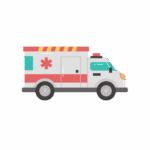
Have the person go to the emergency room
via EMS for continued medical care!
Recognize
How to identify sudden cardiac arrest:
SCA manifests as loss of consciousness and absent or abnormal breathing. SCA can happen at any time, with some heart rhythm disorders being more likely to manifest as SCA during exercise.

Loss of Consciousness

Absent or Abnormal Breathing
Risk Factors
Fainting, especially in the midst of exertion.
A dangerous heart rhythm can cause an ineffective heartbeat, which then halts blood flow to the brain. When the brain does not receive blood, the person loses consciousness and may die if the abnormal rhythm is not immediately addressed. AEDs recognize abnormal heart rhythms and provide shocks to normalize the rhythm, which then allows the heart to beat effectively.
Family History
A history of the following conditions means someone is at a higher risk of SCA:
- Sudden cardiac arrest, particularly before the age of 50 years-old
- Specific, inheritable heart rhythm disorder
- Sudden infant death syndrome
Respond
Do you have what you need to respond effectively?
Every second counts during a cardiac emergency, so prompt recognition and effective responses are essential for good outcomes. During an emergency is not the time to see what you will do and if your space is prepared.
Practiced Emergency Response Plan
Ask yourself – How do I bring a school nurse or other trained staff to my location during a medical emergency?
If you don’t know the answer – you need to update and practice your medical emergency protocol.
Code Ana’s free program, Med-E Ready, can help!
Trained Staff
Sudden cardiac arrest happens without warning. You and those around you should know what it can look like in anyone – not just those with documented allergy.
Don’t know where to start? Code Ana has free trainings to kick start your education journey.
Automated External Defibrillator
Many states require them in K-12 schools, some businesses, and early childcare locations. Whether you are required to or not, sudden cardiac arrest can happen any time so an AED for any location that wants to be prepared.
Find Resources Now!
Watch some of our online educational videos below to start your education journey!
Get Prepared For All Emergencies
Feel equipped for this emergency? Take the steps to get prepared for another one.


